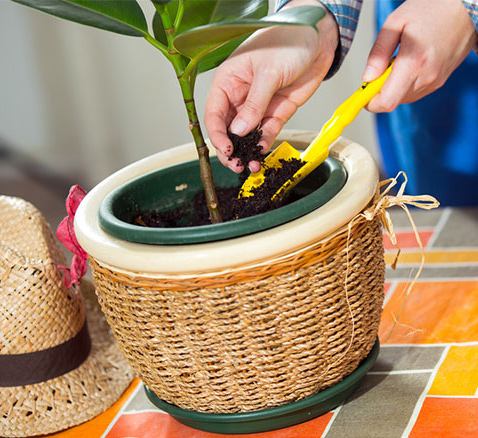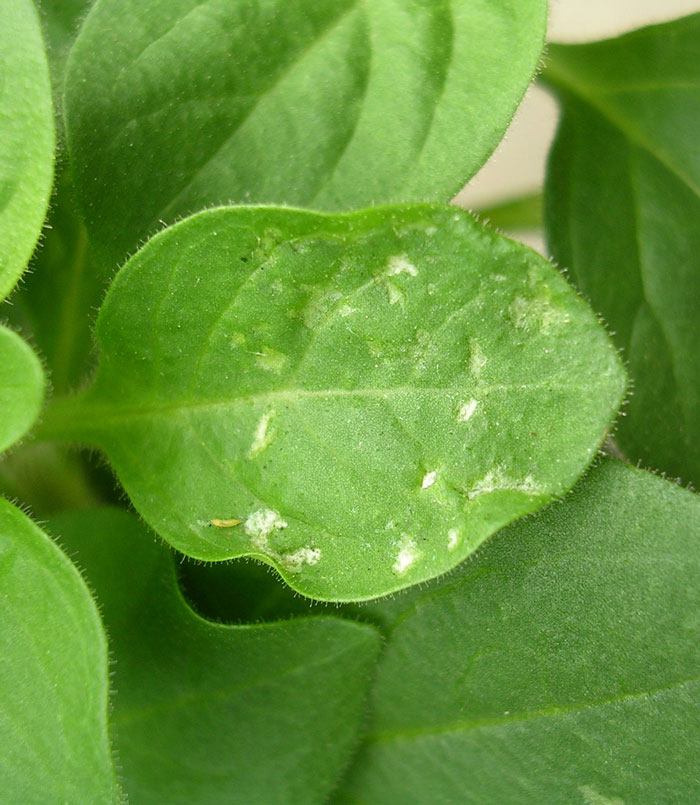If your cat terrorizes your houseplants, cat grass can be the solution! Experience shows that once cat grasses appear in the house, the interest in other plants diminishes significantly. There are at least 13 safe plants for cats that you can grow at home.
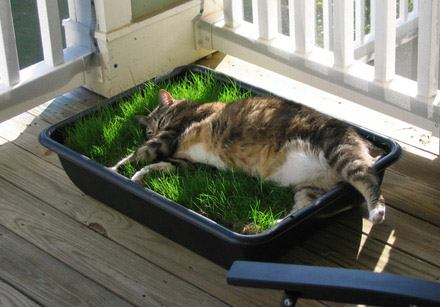
Why Do Cats Eat Grass?
Experts have differing opinions on this. Some suggest that grass offers no real benefits to cats—they chew it out of boredom or simply because it tastes pleasant, being sweet and juicy. Another theory links this habit to evolutionary history, when cats may have used undigested plant fibers to expel intestinal parasites.
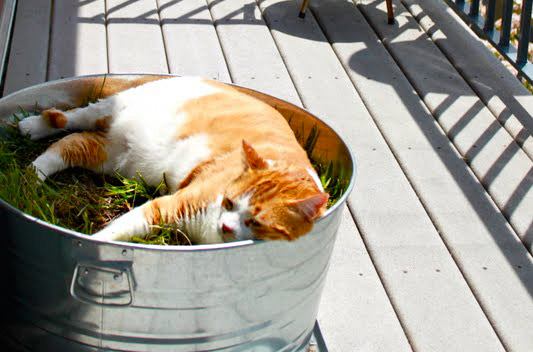
Other specialists propose that grass improves a cat’s digestion and intestinal motility. It helps remove undigested hairballs, bones, feathers, and other substances. Additionally, wheat, commonly used as “cat grass,” contains in just 4 grams of sprouts:
- 320 mg of Vitamin E
- 260 mg of Riboflavin
- 252 mg of Niacin
- 140 mg of Manganese
- 62 mg of Zinc
- 39 mg of Vitamin B6
- 36 mg of Pantothenic Acid.
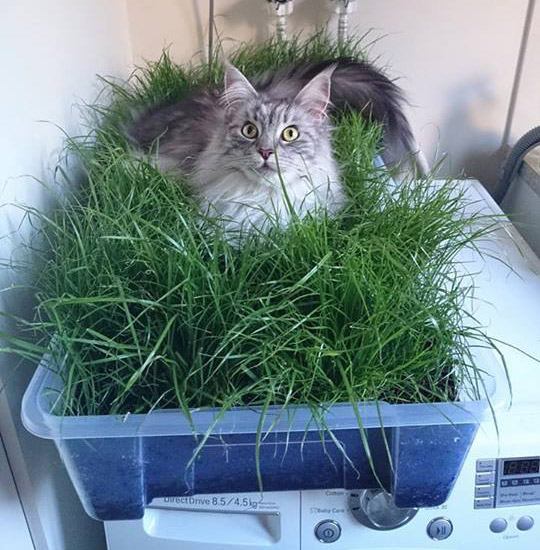
Most bean and grain sprouts also contain folic acid, an essential vitamin for producing hemoglobin. So why not treat your kitty? Sprouting seeds and beans can benefit not only your cat but also you. The recommendations below will help you choose the right plant for your furry friends, and in the next article, I’ll explain how to sprout wheat and oats.
What Grass is Suitable for Cats?
Here’s a list of safe plants for cats that you can grow at home.
Oats and Wheat. These are the plants most often sold in packets labeled “cat grass.” Don’t let oats and wheat grow taller than 30 cm, as their stalks eventually accumulate substances toxic to cats.
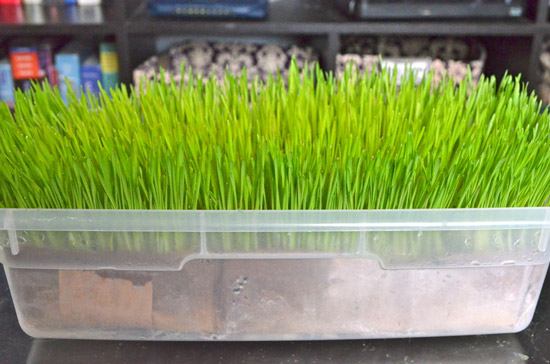
Lemongrass. This plant grows up to a meter tall and is highly favored by cats. Lemongrass has numerous advantages over other sprouts: it’s an antiseptic, diuretic, antibiotic, sedative, and improves digestion. It needs trimming as it grows continuously and has a pleasant citrus aroma. Lemongrass
can be grown in pots
to add to tea or grown in bowls specifically for your cat.
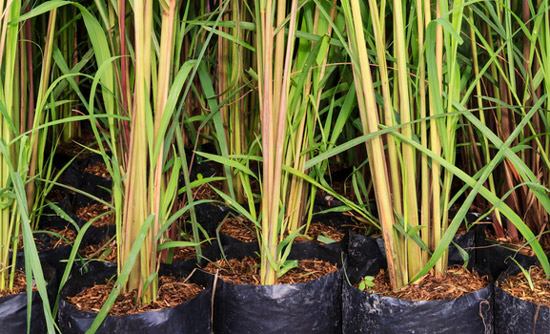
Catnip, Catmint (Nepeta). Though primarily a garden plant, it can be grown on windowsills in pots if given enough sunlight. For humans, catnip acts as a mild sedative and, thanks to carvacrol, offers powerful natural antibiotic properties. For cats, it provides a burst of energy lasting about 10 minutes. The plant’s phytochemicals work on cats like happiness hormones or pheromones. However, not all cats react intensely to this plant, though its chemical composition can still positively affect their health.
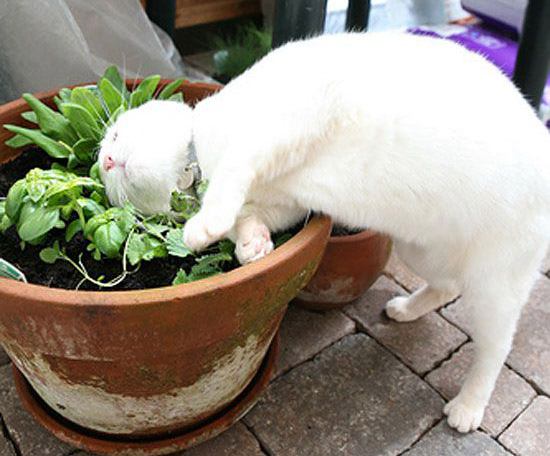
Peppermint, Lemon Balm. Any type of mint or lemon balm will appeal to your cat. However, cats may overindulge in mint, which can lead to an upset stomach, so you’ll need to monitor their consumption. Both plants can be grown in pots on windowsills, much like thyme and rosemary. Mint isn’t too demanding—5 hours of sunlight, proper drainage, loose soil, and a spacious pot (2 liters for a mature plant) are sufficient. In a garden, mint and lemon balm can take over like weeds, so be cautious. These are perennial plants, meaning they’ll bring joy for many seasons.
Parsley. As a source of fiber, vitamins A, B, and C, as well as potassium, parsley is a favorite. However, growing parsley indoors can be a bit finicky. Offer your cat freshly cut parsley during its growing season, ensuring that it’s organically cultivated (in other words, buy greens from trusted sources).
Marigolds. These flowers are entirely safe for cats. If you grow marigolds in containers outside your window or on a balcony, they’ll also help keep insects at bay. Opt for a dwarf variety, like French marigolds. Avoid planting seeds too deeply and water generously. It’s unfortunate that most varieties are annuals.
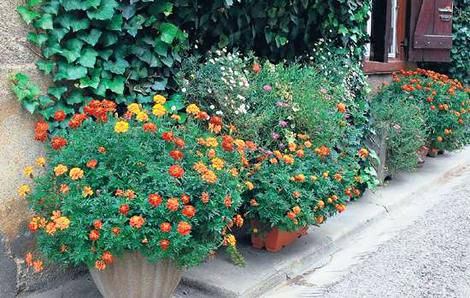
Violets. If you have violets on your windowsill, beware—cats won’t leave them alone. Violets are safe for pets, so you’ll only need to worry about your plant collection.
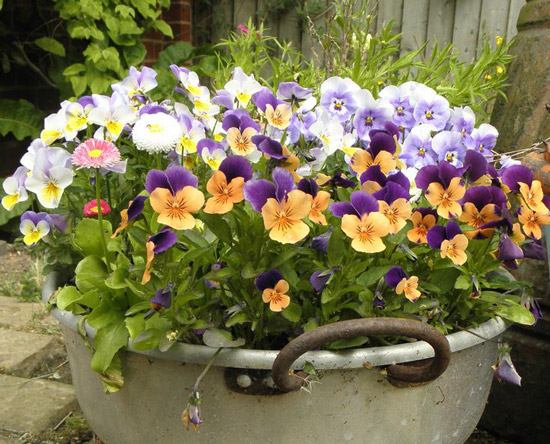 Thyme. Any type of thyme is safe for the feline family. However, I’m not sure I can share my carefully grown thyme plant on the windowsill with my cat. Try growing
thyme in a pot
for your culinary experiments—you’ll surely enjoy it!
Thyme. Any type of thyme is safe for the feline family. However, I’m not sure I can share my carefully grown thyme plant on the windowsill with my cat. Try growing
thyme in a pot
for your culinary experiments—you’ll surely enjoy it!
Rosemary. Another Mediterranean plant that is safe for cats. If you have a pot of rosemary at home, fleas will avoid settling in your cat’s fur. It’s unlikely that your pets will want to chew on rosemary, so there’s no need to overly worry about the safety of your plants.
Carrot Greens. Cats love carrot greenery. You can grow carrot tops
from kitchen scraps
without needing a garden bed.
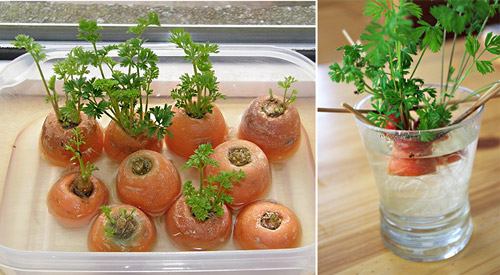 Valerian. If your cat is indifferent to catnip, they will undoubtedly appreciate valerian. Theoretically, you can grow a valerian bush at home, but you’ll need a pot with a capacity of at least 5 liters and 8 hours of sunlight. Therefore, growing valerian in the garden is preferable—for both you and your cats.
Valerian. If your cat is indifferent to catnip, they will undoubtedly appreciate valerian. Theoretically, you can grow a valerian bush at home, but you’ll need a pot with a capacity of at least 5 liters and 8 hours of sunlight. Therefore, growing valerian in the garden is preferable—for both you and your cats.
Lavender. Lavender has a sedative effect not only on humans but also on cats. It’s safe for animals. Lavender can be
grown from seeds on the windowsill in a pot
.
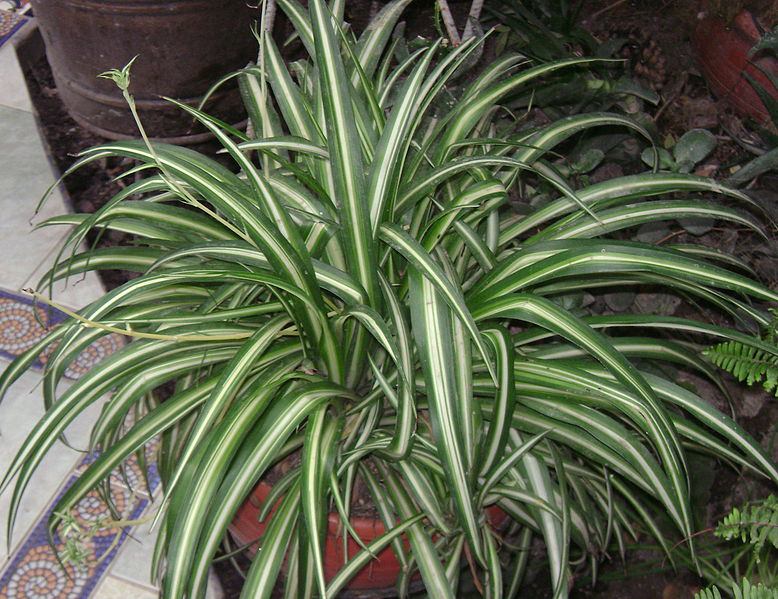
Chlorophytum. A very popular and useful plant. Most people already know that chlorophytum purifies indoor air and propagates quickly thanks to its small offshoots with aerial roots. If your cats show an interest in chlorophytum, don’t worry—the plant is absolutely safe.
